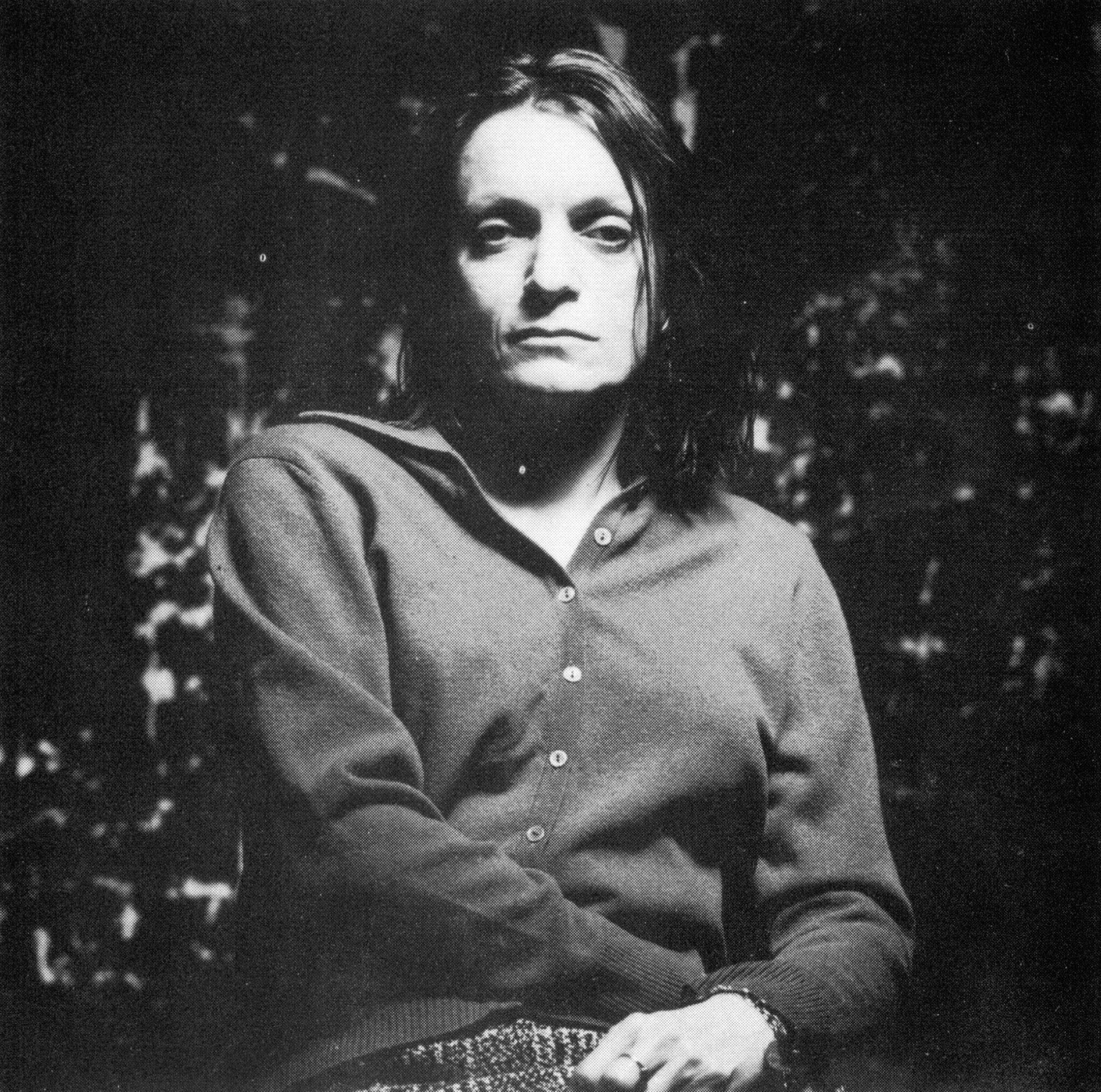LONG READ 1
February 2021
Becoming Isabel Rawsthorne
by Anne Lambton


Anne Lambton as Isabel Rawsthorne in John Maybury’s 1998 film
LOVE IS THE DEVIL: STUDY FOR A PORTRAIT OF FRANCIS BACON.
Photo by British Broadcasting Corporation (BBC)©1998
In 1997, John Maybury asked me to play Isabel Rawsthorne in the film he was soon to direct about Francis Bacon – LOVE IS THE DEVIL. Back then, information about female artists was harder to find. All I knew about Isabel at the time was that she was adored by great artists and she adored sex. A good start, but I needed more.
I soon learned that she’d left the safety of her home in Liverpool at the age of 19 to immerse herself in the art world. Very early on she realised that money was a necessity for creative independence. She engineered a meeting with Jacob Epstein and offered herself to him as a model. A deal was struck and, with the money she earned, her life effectively began. She and Epstein painted together and they grew very close – according to most, they were lovers.
She was soon accepted as a collaborator – and, as with Epstein, oftentimes a lover - of many of the greatest artists of the twentieth century. Her circle included such writers as Simone de Beauvoir, Jean-Paul Sartre and Ian Fleming, as well as Alberto Giacommetti, Pablo Picasso and Francis Bacon. She also formed and maintained close friendships with many composers and musicians, including Constant Lambert and Alan Rawsthorne, both of whom she later married.

Isabel Rawsthorne, Three Fish, 1948
© Warwick Llewellyn Nicholas Estate.
All rights reserved, DACS 2020
Though she was both a friend and a muse to many of the period’s most influential artists, she was also to become a remarkable artist in her own right.
I began to recognise aspects of her life in my own. I too had left the safety of my home at a young age to immerse myself in the art world – I was even younger than Isabel when I left, aged 17, and my destination was N.Y.C to work in Andy Warhol’s factory. Andy and I became very close. Lovers? Definitely not - but with the money I earned, like Isabel with Epstein, my life began. Being immersed in such a creative milieu helped me to pluck up the nerve to become an actress, an ambition of mine since the age of six.

Yet it was the smaller details shared with me by the wonderful director/designer Philip Prowse that really gave me a sense of Isabel’s character.
“She had the weight of a man.” He told me.
“But not masculine?” I queried.
“No, not masculine at all,” he confirmed - “rather grand.”
In the early sixties, Isabel and Philip were both working on Ballets for Covent Garden - Isabel with choreographer Alfred Rodrigues on JABEZ AND THE DEVIL, and Philip with Kenneth MacMillan, on an abstract piece called DIVERSIONS. Philip would run into Isabel in corridors and the green room, but mainly in The Nag’s Head. Whenever they met, she always had on her Harris tweeds, matching coat and skirt, court shoes and perfectly painted scarlet lips. That is, apart from on the inside of her mouth, where the constant wine glass friction had worn the lipstick away completely. More than all the paintings, photographs, observations by or about her, this somehow did it for me. The make-up team on the film got it perfectly - and the face of Isabel ‘appeared’.
From the very first day of shooting, John was ingenious. Being forbidden by Bacon’s gallery to reproduce his artworks, he made the film itself into a Francis Bacon painting, shooting distorted images through wine glasses, warped mirrors and chunky glass ashtrays, especially in the scenes shot in the original Colony room, which was run at the time by Michael Wojas.

As the film crew set up, Michael was almost overcome by this moving tableau, a smattering of the most important part of his life. Here was gutter glamour revived, once again drinking, bitching and misbehaving; chaotic, crowded, many of us tripping over cables and dodging cameras in the confined space of the famously seedy drinking club. A few of the original members wandered in, took the drinks Michael knew they wanted, and settled into their habitual seats, supping steadily, quietly, watching their past lives weave by as we filmed. One of them stopped me, “You must be Isabel?” I raised my glass in affirmation and a toast was given – “Ah, Mrs. Rawsthorne – welcome back darling!” .
Francis Bacon, Study of Isabel Rawsthorne, 1970
© The Estate of Francis Bacon. All rights reserved, DACS 2020.
Isabel Rawsthorne (1912-1992) was hidden in plain sight. From celebrated portraits of her in Berlin to sketches in the Tate, likenesses in museums around the world have kept her secrets. This book combs the depths of her fascinating life and the extraordinary art she herself made from it. Carol Jacobi re-examines the pre- and post-war art history of which Rawsthorne was a part, tracing the painter’s life and art through the upheavals of the 20th century and her intense and often unconventional relationships with some of its most revered figures.
The first in the Studies in Art series from The Estate of Francis Bacon Publishing, overseen by series editor Martin Harrison, this richly-illustrated book takes the lead from Rawsthorne’s compelling biography to reconsider sixty years of her art, now housed in several major public collections.





